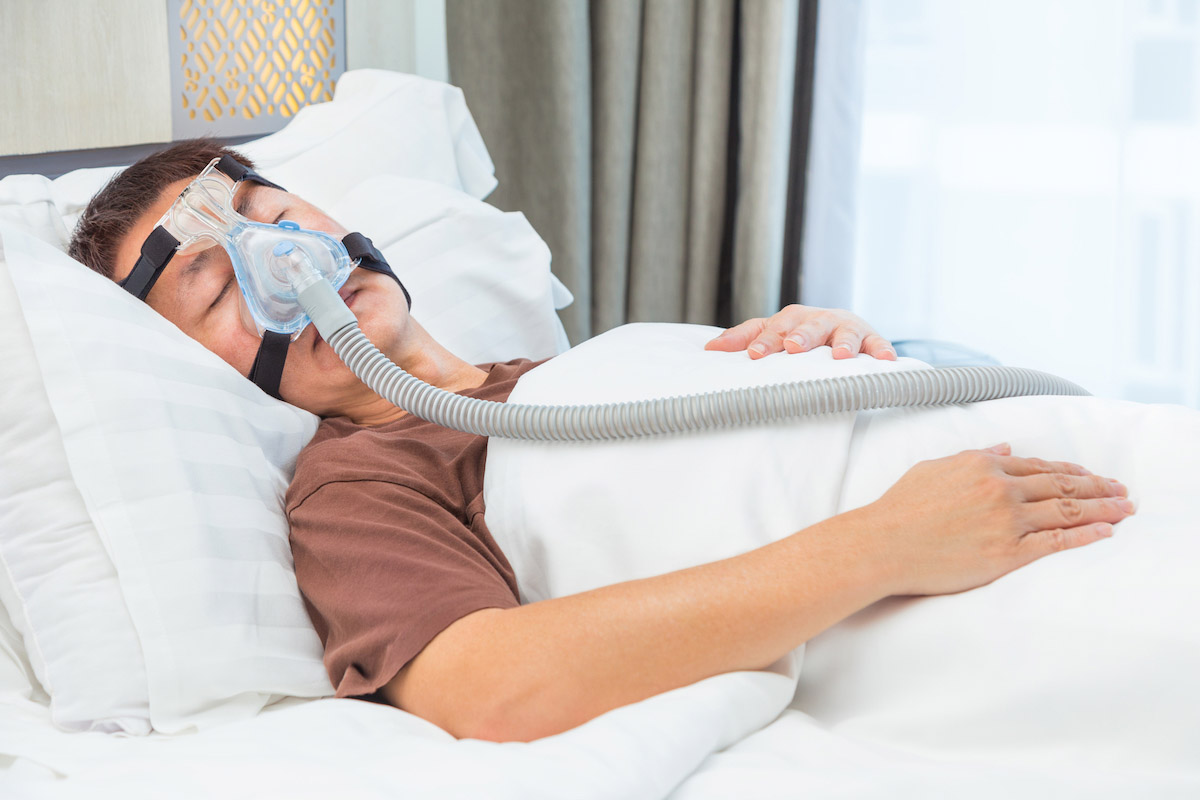
Continuous positive airway pressure and related machines have unquestionably made life better for many people. Medical supply and home health companies are a critical link in providing these essential devices, regardless of whether they are rented or purchased. Several parts on them need to be replaced regularly, but the machines can theoretically work indefinitely. However, changes in technology and the nature of mechanical devices combine to make occasional whole-machine replacement worthwhile.
CPAP Technology Advances Rapidly
Early machines were pretty basic with minimal adjustments necessary to work. The newest devices are almost unrecognizable compared to the oldest – outside of the basic concept, they are far more functional. Both quieter and smaller, they are more reliable and user-friendly – a key point, since patients are much more likely to correctly use their medical devices if they are simple and appear less frightening.
The newest CPAPs are smart devices that offer many additional benefits. To start, they’re less intimidating and easier to turn on and off; some even do so automatically. But the greatest innovation to date is their connectivity to a wireless network. This allows a record to be kept of usage and breathing data, giving many benefits, including
- Transferring sleep data to doctors so they can evaluate the benefits.
- Provide compliance data to insurance companies and employers.
- Remote adjustment of settings.
- CPAP suppliers can remotely test and troubleshoot devices.
Some transportation companies require drivers to prove compliance, so smart devices are mandatory in those cases. And new devices incorporate everything learned from the mistakes of the past, creating much better results.
Insurance Will Often Pay for Replacement
While the average life expectancy of CPAP devices is around 20,000 hours, private insurance typically allows for full replacement every five years. Medicare and Medicaid have some different policies, but if there is an articulable need for replacement, they will often cover the cost. If a device is broken or stolen, replacement may be covered even earlier.
Signs It’s Time to Replace a CPAP
If a customer is renting a CPAP, you may have to balance the benefits of replacement versus the return on investment. However, with insurance often covering much of the cost, it’s in everyone’s benefit to keep your clients informed about what may indicate a replacement machine is necessary. If snoring increases or they feel the symptoms returning, the machine should be inspected. An increase in noise or warning lights should be reported as soon as possible.
Used CPAP machines shouldn’t be thrown in the trash. Like all medical electronic waste, you need a certified electronics recycler to handle them. TechWaste Recycling will pick up your obsolete home health company’s e-waste at no cost to you. Our no-hassle policy is designed for busy commercial operations, so you can spend your time taking care of your customers.
TechWaste Recycling directly services all of Southern California and provides pickup services to its facilities from nationwide locations. Visit TechWaste Recycling’s website at www.techwasterecycling.com to schedule a pickup that works for your convenience and schedule.
Learn more about TechWaste’s home health recycling process here: Home Health Care Equipment Recycling and Decommissioning
Contact Info:
Richard Steffens
1940 E. Occidental street
Santa Ana, CA 92705
Phone: 866-637-8469

































